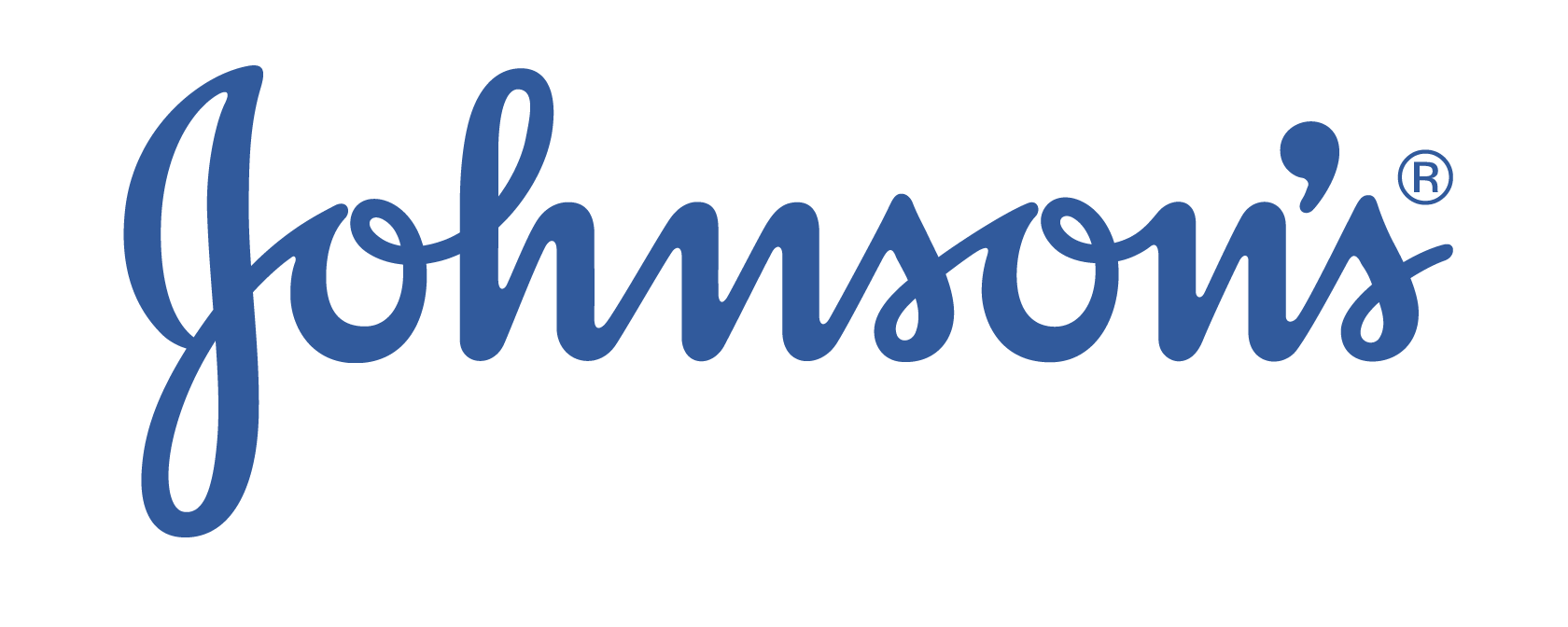參考
1. Clemo HR, Keniston LP, Merideith MA. Structural Basis of Multisensory Processing: Convergence. In: Murray MM, Wallace MT, editors. The Neural Basis of Multisensory Processes. 2012;1-8.
2. World Health Organization. Integrating Early Childhood Development (ECD) activities into Nutrition Programmes in Emergencies. Why, What and How. 2014;1-16.
3. Eliot L. What’s Going On in There? How the Brain and Mind Develop in the First Five Years of Life. New York, NY: Bantam Books; 1999.
4. Sullivan RM, Taborsky-Barba S, Mendoza R, et al. Olfactory classical conditioning in neonates. Pediatrics. 1991;87(4):511-518.
5. Hernandez-Reif M, Diego M, Field T. Preterm infants show reduced stress behaviors and activity after 5 days of massage therapy. Infant Behav Dev. 2007;30(4):557-561.
6. White-Traut RC, Schwertz D, McFarlin B, et al. Salivary cortisol and behavioral state responses of healthy newborn infants to tactile-only and multisensory interventions. J Obstet Gynecol Neonatal Nurs. 2009;38:22-34.
7. White-Traut RC, Nelson MN, Silvestri JM, et al. Effect of auditory, tactile, visual, and vestibular intervention on length of stay, alertness, and feeding progression in preterm infants. Dev Med Child Neurol. 2002;44:91-97.
8. Kolb, B. Brain and behavioural plasticity in the developing brain: Neuroscience and public policy. Paediatr Child Health. Dec 2009;14(10):651–652.
9. Field T. Touch and Massage in Early Child Development. Touch Research Institutes. 2004;1-258.
10. Field T, Cullen C, Largie S, et al. Lavender bath oil reduces stress and crying and enhances sleep in very young infants. Early Hum Dev. 2008;84(6):399-401.
11. Diego MA, Field T, Hernandez-Reif M, et al. Preterm infant massage elicits consistent increases in vagal activity and gastric motility that are associated with greater weight gain. Acta Paediatr. 2007;96:1588-1591.
12. Feijo L, Hernandez-Reif M, et al. Mothers’ depressed mood and anxiety levels are reduced after massaging their preterm infants. Infant Behavior and Development. 2006; 476-480.
13. Mericq V. Prematurity and insulin sensitivity. Hormone Research. 2006;65:131–136.
14. Farroni T, Csibra G, Simion F, et al. Eye contact detection in humans from birth. Proc Natl Acad Sci U S A. 2002;99(14):9602-9605.
15. American Optometric Association. Infant’s Vision. www.aoa.org/patients-and-public/good-vision-throughoutlife/childrens-vision/infant-vision-birth-to-24-months-of-age/infants-vision?sso=y. 2014. Accessed 1/8/15.
16. Graven SN, Browne JV. Auditory development in the fetus and infant. Newborn Infant Nurs Rev. 2008; 8:187-193.
17. Dehaene-Lambertz G, Montavont A, Jobert A, et al. Language or music, mother or Mozart? Structural and environmental influences on infants’ language networks. Brains Lang. 2010; 114:53-65.
18. Loewy J, Stewart K, Dassler A, et al. The effects of music therapy on vital signs, feeding, and sleep in premature infants. Pediatrics. 2013;131:902-918.
19. Herz RS. A naturalistic analysis of autobiographical memories triggered by olfactory visual and auditory stimuli. Chem Senses. 2004;29:217-224.
20. Rattaz C, Goubet N, Bullinger A. The calming effect of a familiar odor on full-term newborns. J Dev Behav Pediatr. 2005;26:86-92.
21. Sullivan R, Toubas P. Clinical usefulness of maternal odor in newborns: Soothing and feeding preparatory responses. Biol Neonate. 1998;74:402-408.
22. Mindell J, Lorena S, Telofski BA, et al. A nightly bedtime routine: impact on sleep in young children and maternal mood. Sleep. 2009;23:599-606.
媽媽們信賴JOHNSON'S®,永遠給寶寶極致溫和的呵護
我們致力於與媽媽們、醫療專家和科研人員合作,確保我們的產品能在安全、品質和護理方面不斷實現最高標準。
